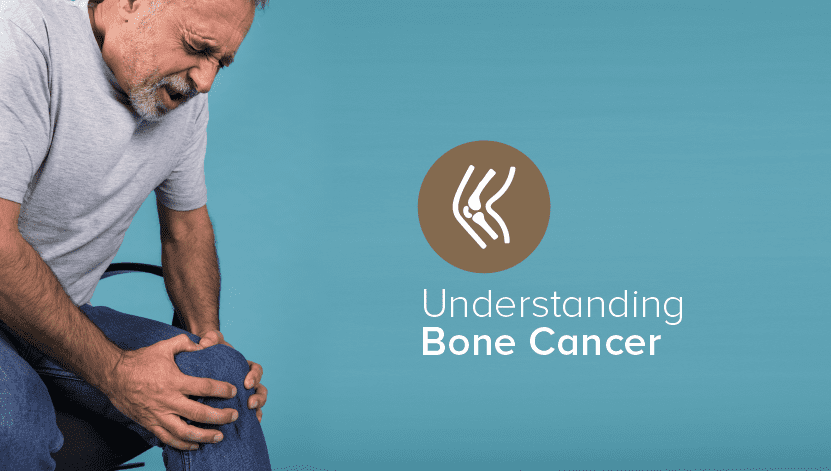When it comes to the swirl of fears and uncertainties around cancer, bone cancer often stands out not only for its rarity but also for its enigmatic nature. Unlike more common forms of cancer, which have a considerable amount of public awareness and research support, bone cancer still largely baffles the masses when it comes to understanding its attributes and finding ways to prevent it.
